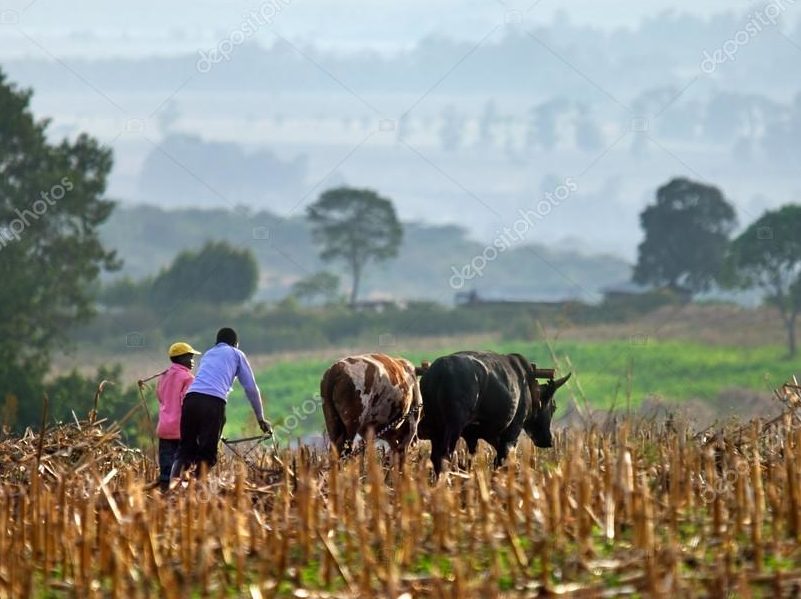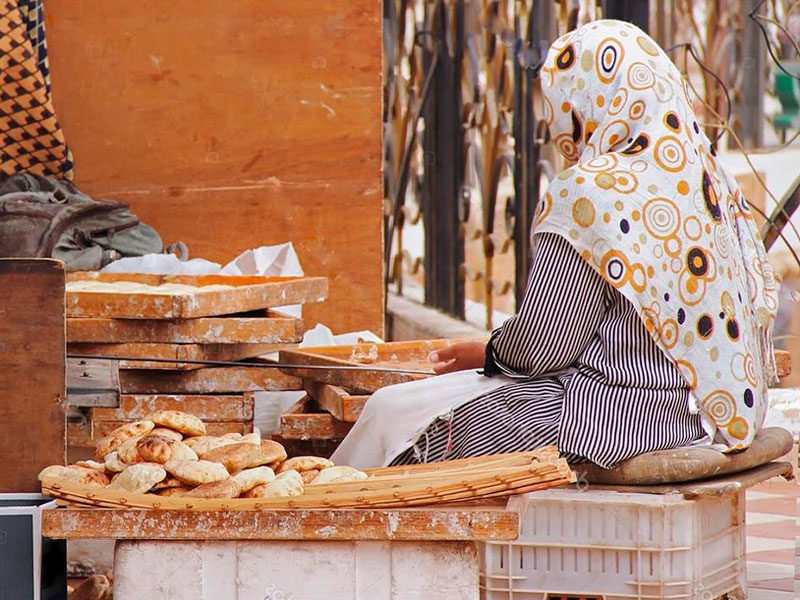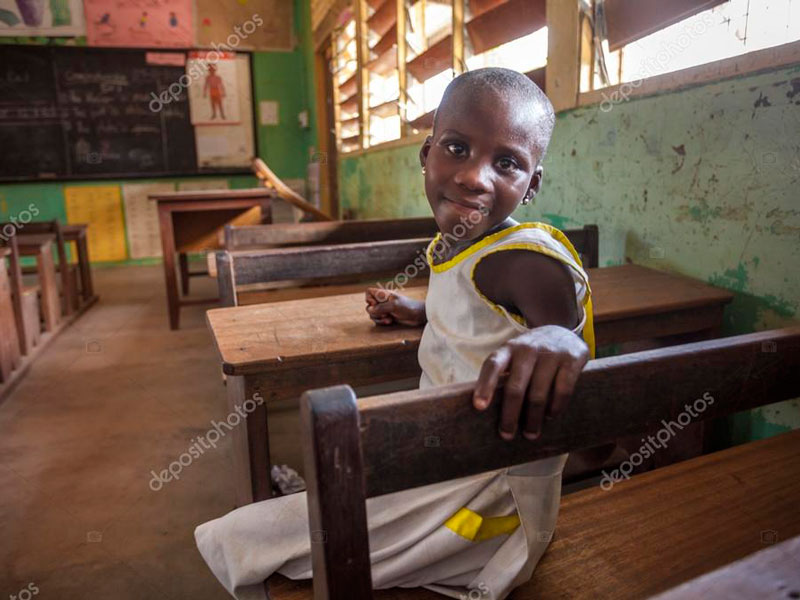Health in Kiamichi, Kenya
Maternal and childhood mortality are two of the biggest health issues in Kenya. According to the United Nations, the risk of death for pregnant women is about one in 38, and according to the Red Cross, nearly one out of every 100 children dies before the age of five. The health infrastructure in rural Kenya is especially underfunded. With 1 doctor to 10,000 people, urgent medical help is needed to bring relief to those in severe poverty.
We are raising $100,000 to help.
The Kiamichi area is about 9km by approximately 4km in rural Kenya, 2.5 hours from Nairobi and approximately 30 minutes from the town of Murunga.
It is home to approximately 5000 men, women and children. They live in very basic mud huts with corrugated iron roofs on the side of a hill.
There is no access to water and food is lacking. They try to grow crops, but without water, this is virtually impossible. Some families have chickens, but they are bony and lack meat. The conditions are harsh and survival is the community’s primary day to day focus.
Access to schooling is very difficult. Many children cannot attend from Kiamichi, due to distance to school. Additionally, the vast majority of adults are subsistent small lot farmers and have no formal education. Based on this, the majority have no form of income producing work, hence many are living in poverty and distress.






